RFID Card
What's RFID Card?
RFID (Radio Frequency Identification) card is a contactless smart card that uses radio frequency waves to wirelessly transmit data to a reader. These cards usually contain a small RFID chip and a copper coil antenna embedded inside. RFID technology is widely used in various industries because of its ease of use and security.
Huyida provides passive RFID cards for various application such as access control cards, payment cards, building entrance key cards, public transportation cards, identification cards, etc.
Regular Size: CR80 (85.5*54mm). Other sizes and shapes can be customized.
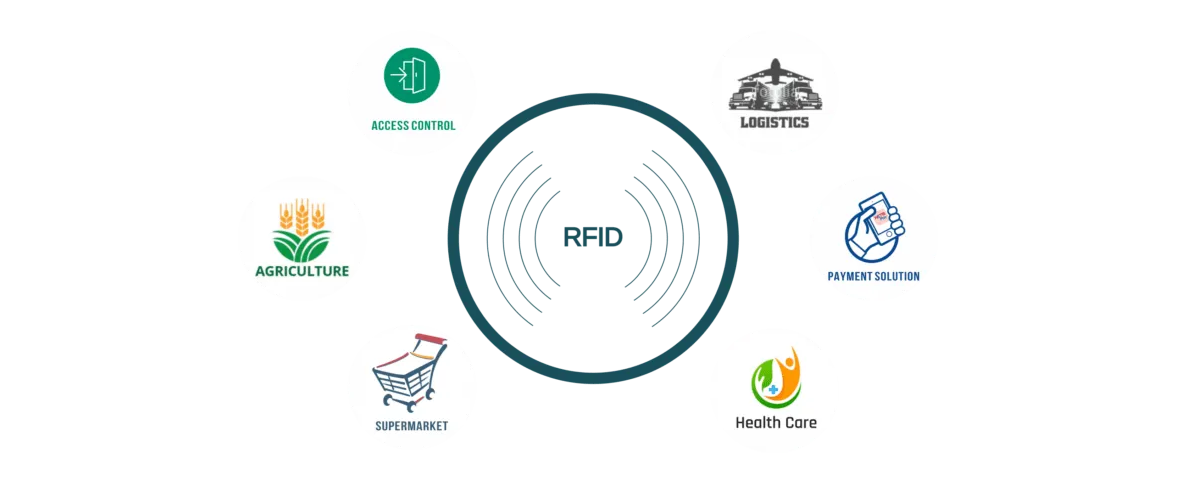
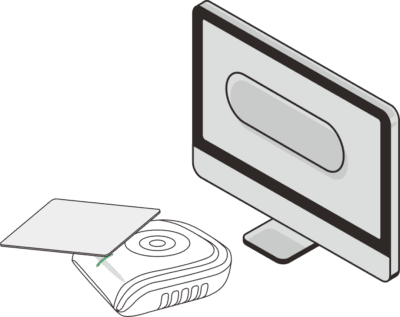
RFID card is working together with an RFID reader and the system
When the reader reads or writes the RFID card, reader will send 2 parts of signals; one part is sent to the card, RFID card receive the signal and syntonize with the L/C to generate an instantaneous energy for supplying the RFID chip; the other part will order the RFID chip to change and store the data, and return to the reader, in order to complete the reading / writing operation.
Low Frequency RFID Card
LF (Low Frequency): 125 KHz or 134.2 KHz.
Protocol: ISO 11784 / 11785
Short reading range, around 1-5 cm
Available for read only (R) or readable and writable (R/W);
Stable signal with low data speed;
Can read one tag at one time.
Usually used for access control and animal identification
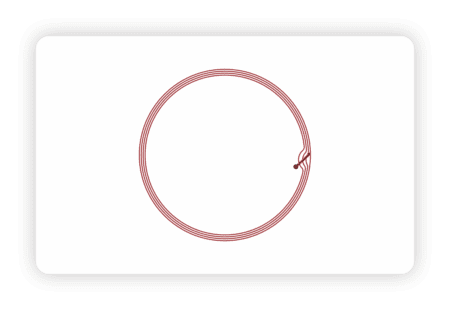
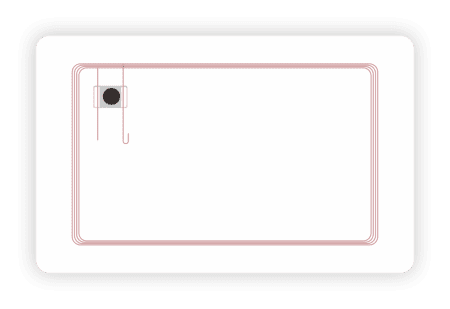
High Frequency RFID Card
HF (High Frequency): 13.56Mhz
Protocol: ISO 14443A / 14443B / 15693
Short reading range, around 2-10cm
(ISO 15693 RFID cards & tags could reach up to around 1 meter)
Readable and writable;
Available for encryption, some support AES-128;
Signal could be influenced by metal, regular data speed;
ISO 15693 is anti-collision (multiple tags could be detected at one time).
Suitable for high-security projects like financial, anti-counterfeiting, ID card, license, bank card, credit card, etc.
P.S.: NFC is a special category from HF, frequency is the same, 13.56MHz, but protocol is ISO 18092. Not like RFID has different blocks and sectors for encoding, the main feature of NFC is NDEF format. You can tell from it’s name that the reading range of NFC is very short. (NFC is short for Near Field Communication) More details about NFC, please click GO to NFC Card
Ultra High Frequency RFID Card
UHF (Ultra High Frequency): 840-960 MHz
Protocol: ISO 18000-6B / 18000-6C (UHF Class 1 Gen 2)
There are 2 standards for UHF
Europe: 865-868 MHz
North America: 902-928 MHz
Different countries will apply different standard as the country’s related policy (for readers only, tags and cards are not limited)
Long reading range that could reach up to 15 meters;
Readable and writable;
Available for encryption, some supports AES-128;
Signal could be easily influenced by metal, water, wall, human body, etc;
High data speed;
Anti-collision (multiple tags could be detected at one time).
Suitable for projects which require long-range reading, such as vehicle management, warehouse management, garments sorting, logistic tracking, etc.
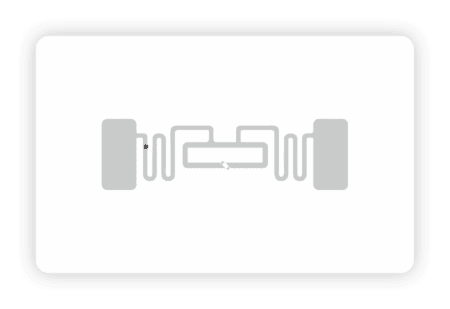
To sum up, there are 3 types Radio Frequency:
LF: 125KHz or 134.2KHz; HF: 13.56MHz; UHF: 840-960MHz
There are 3 types of RFID readers to read and write 3 different types of RFID card, tag and label.
NFC card, tag and label should be read / written by an NFC reader.
HUYIDA provides basic RFID and NFC devices (RFID reader, RFID UHF antenna, NFC reader) to fit clients’ requirements.
Attention:
There are many different chip types with the same frequency and protocol, and they are not completely compatible with the system. Also price differs a lot for different chips. If you are not sure which chip you are using, we are happy to receive a sample card for testing.
Huyida provides hybrid dual frequency RFID cards, common combination could be as following:
- LF + HF/NFC
- HF/NFC + UHF
- LF + UHF
- LF/HF/NFC/UHF + magnetic stripe
Usually, HF and NFC will not be combined into one card because they have the same working frequency, you might be confused by which chip is actually being detected.
Things you need to know about RFID Card
Regular size is CR80, other sizes and shapes can also be customized.
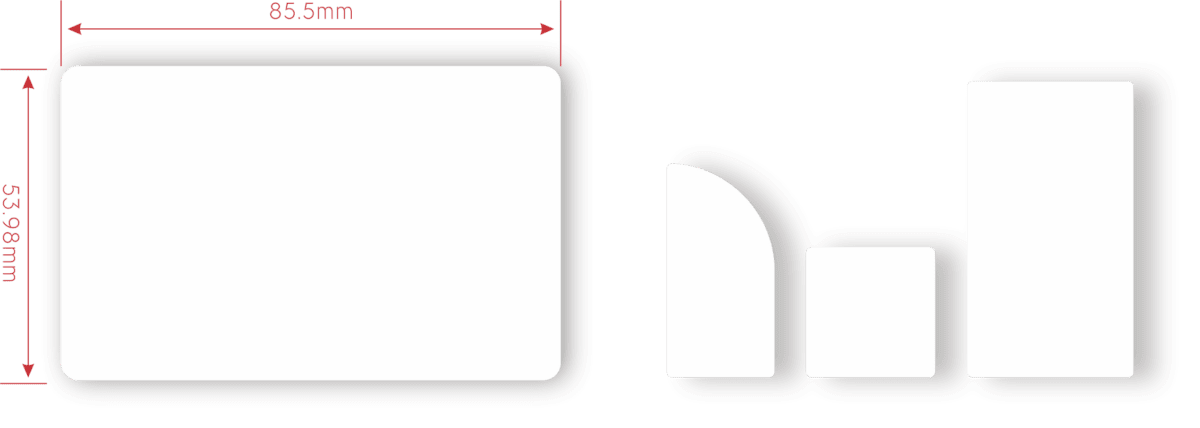
RFID card has 5 layers.
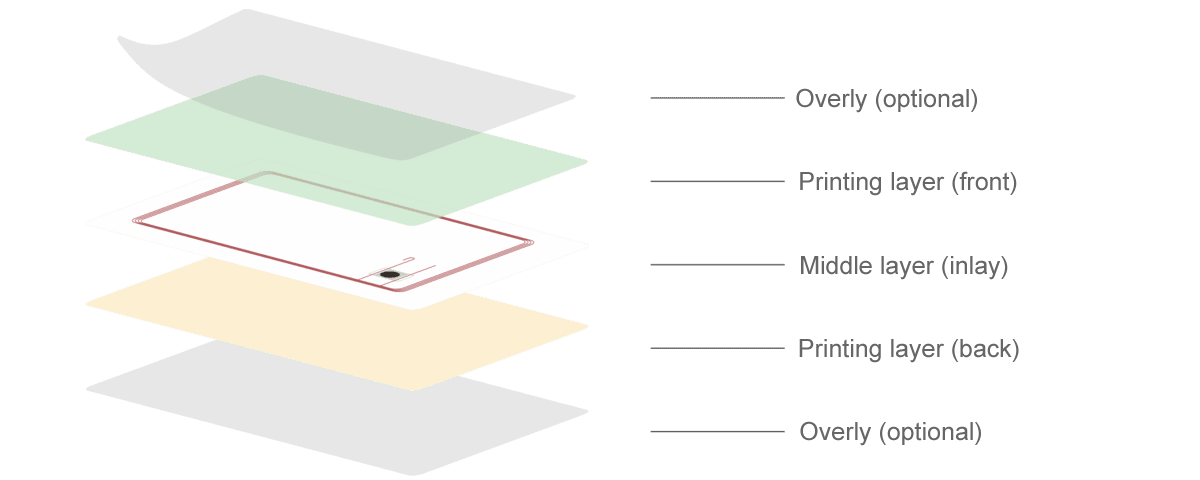
Simple demonstration on how to use a RFID card, door card for example.
Each RFID card has a unique ID number when manufactured, system will store and authorize this ID number so that when you use this card to open a door, the system will give an order to the lock to open it.
Some are more complicated that you might need to encode or encrypt some certain data inside the chip, only when the system recognized full information in the right sector and right block, it will give an order to the lock to open the door, which could improve the security to a higher level.
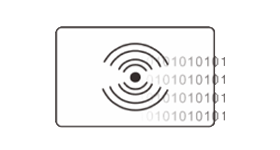
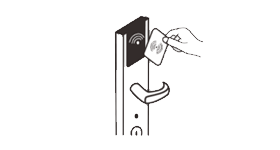
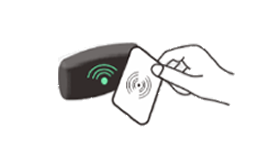
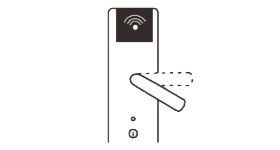
HUYIDA, Chinese Card, NFC & RFID Solution Provider
Website
Https://www.huyida.com
info@huyida.com
WhatsApp | Wechat
+86-180 3805 2808
Skype
sztigeryan